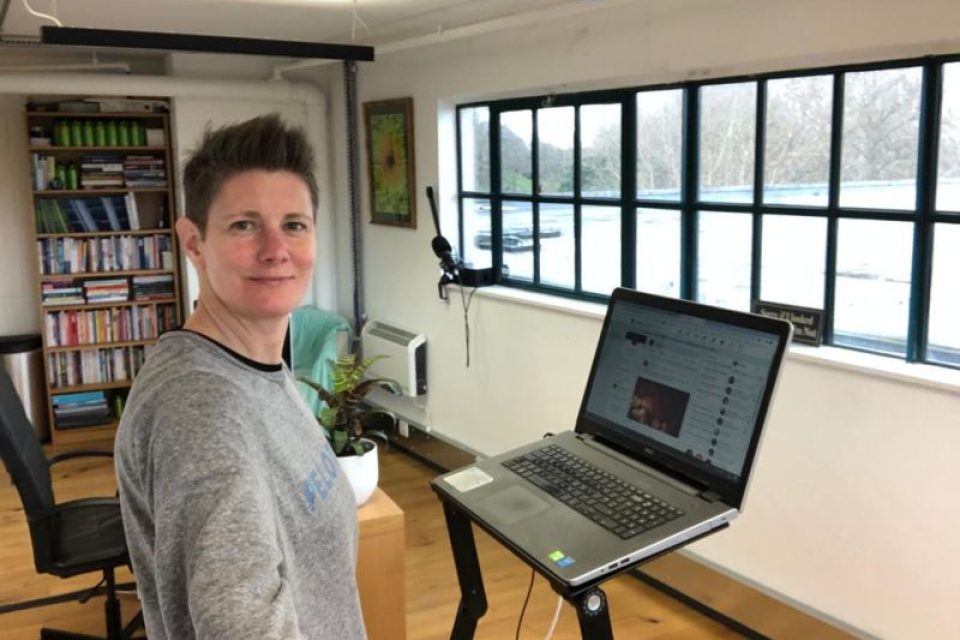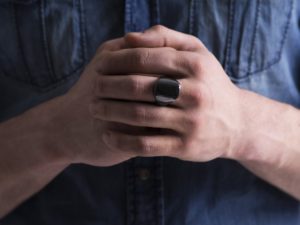Podcast: Play in new window | Download
This episode explores why you should make standing up for work your default.
What are your day-to-day working practices? If sitting down is still your default, now’s the time to make a change and start standing up for work.
Topics Discussed in this Episode:
The benefits of standing up for work.
Creative solutions to make standing up for work your default.
Key Takeaways:
Standing up for work changes up the energy. Not only is it more energising for you, but it also changes up the energy of how you communicate.
From a physiological standpoint, standing reduces decompression forces that run down the spin.
The pelican rule, which is to stand on one leg if you’re talking, works a treat to make meetings shorter.
Action Steps:
Do phone calls instead of Zoom meetings whenever possible.
Make standing up for your default instead of sitting down.
Get a standing desk or a laptop table that works for you, or position your laptop on a window sill or an ironing board.
Use a pile of magazines or a pile of books in lieu of a standing desk.
Have standing meetings with the pelican rule applied. That is, if you’re talking, stand on one leg.
Leanne said:
“If you don’t need to have a face-to-face, sitting down, note-taking, screen sharing, concentrated meeting, then can it be a phone call? We’ve kind of forgotten that phone calls exist.”
“Standing is better than sitting. Walking trumps both of those things, but we can’t always be doing that.”
If you want to register your interest in some of the ideas I’m putting together with Bodyshot Performance, you can send an email to anne@bodyshotperformance.com.
You can find out what your health IQ is by taking the Health IQ test and get a free 39-page report built around our six signals, which are sleep, mental health, energy, body composition, digestion, and fitness.
As always, let me know your thoughts and feedback. If you’ve enjoyed what you’ve heard on this episode and it’s added value to you, share the episode with someone you think could benefit from it. And don’t forget to leave a rating or a review and subscribe to us on Apple Podcasts.
Links to things mentioned in the episode:


